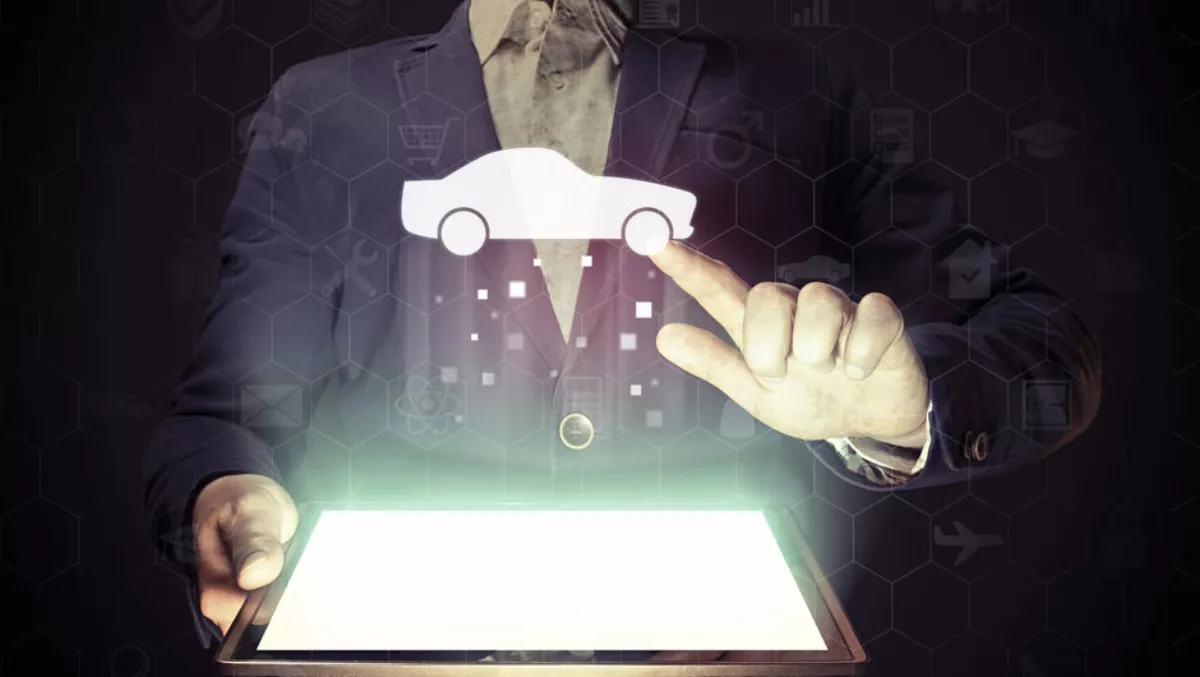
How taxis are advancing the IoT industry
While the conversation continues around what the IoT can offer us in our homes and workplaces, we can't ignore the tremendous impact it's set to have on our transportation.
We're all aware that today's transport system is prone to error and unreliability. There are regular delays on our roads, caused by accidents, breakdowns or roadworks, and if there's a fault on our public transport network, this can cause havoc for commuters.
By using IoT technology, though, the future of transport looks frictionless. It will provide our autonomous vehicles with connectivity, offering passengers visibility and an all-around improved travel experience. In the process, we'll also be able to minimise our impact on the environment.
There's still some work that needs to be done before we can get to the point where we can enjoy a safe and seamless driverless experience with IoT, but the possibilities and advantages for the future seem endless.
Who stands to gain from taxi data?
Aside from the benefits for the public, the complete source of data which taxi firms provide is advantageous for OEMs.
They are using the insights gained when manufacturing parts to be fitted in self-driving vehicles, making sure essential features are included for our safety and connectivity.
Smart city planners are likewise reaping the benefits of using taxi data - it's helping them to make more informed decisions when mapping out routes through the cities of the future and structuring our transport infrastructure.
There's no doubt that the future of mobility is exciting and that data is a key part of the puzzle as we start to put plans in place.
Once we have the right tools to connect our technologies, such as a strong 5G network, then we all stand to gain from the rich source of information that taxis currently provide.
A smarter public transport network
Ultimately in larger urban areas, embracing the concept of mobility-as-a-service (MaaS), where all our transport services are interlinked and available on-demand, is what will ensure a smooth-running network.
IoT connections between different modes of transport will enable us to personalise our journeys.
Onboard sensors mean we'll receive quick updates on scheduled arrival and departure times and, when these are wirelessly connected to our phones, we should have the ability to track vehicle progress via an app.
If there's a traffic jam in a certain area we can see this ahead of time and work out an alternative route to get to where we need to be.
Taxis are playing their part in setting up these early collaborations between transport partners.
With their tracking technology, taxi firms can communicate with car rental and car-sharing companies to optimise services such as pick up and drop off.
Customers will also be able to view and pay for their entire journey in one go, keeping costs down and saving time when booking. So, if a person travelling for business is stepping off a flight and needs to get to a meeting during rush-hour, they know there's a vehicle to get there and back.
Taxis driving connected vehicles forward
Taxi firms are already laying the groundwork for the transport system of the future with the technology they are using to get us from A to B.
As hundreds of cars might operate within a single firm, taxis cover a huge proportion of our roads. Millions of individual trips take place worldwide each day, many of which are being logged using tools such as automated booking and dispatch systems.
Using the data captured here, we have the intelligence we need to better navigate around congested urban areas.
With detailed information on roads and passenger habits, the self-driving vehicles that are set to become commonplace in 20 years' time - whether a privately-owned car or publicly-owned bus - will be made easier and safer to use.

